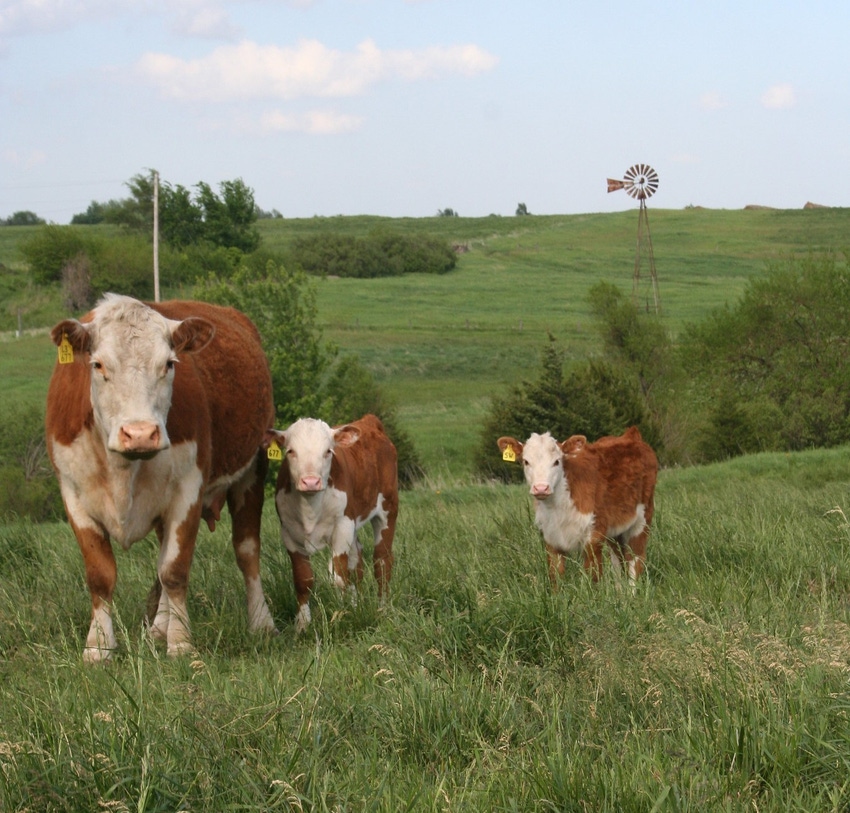Proactive Defense: Bagley Risk Management Tactics
Proactive Defense: Bagley Risk Management Tactics
Blog Article
Understanding Animals Threat Protection (LRP) Insurance: A Comprehensive Guide
Navigating the realm of animals threat protection (LRP) insurance coverage can be a complicated venture for lots of in the agricultural market. From how LRP insurance policy functions to the numerous coverage alternatives readily available, there is much to reveal in this comprehensive overview that might possibly form the way animals manufacturers come close to threat monitoring in their services.

Just How LRP Insurance Functions
Sometimes, recognizing the technicians of Livestock Risk Protection (LRP) insurance can be complicated, however damaging down just how it functions can offer clarity for farmers and herdsmans. LRP insurance is a threat administration device created to safeguard animals manufacturers versus unexpected rate declines. The plan allows manufacturers to set a coverage degree based on their particular requirements, choosing the number of head, weight range, and insurance coverage price. When the plan is in location, if market costs fall listed below the protection price, manufacturers can file a case for the difference. It is essential to note that LRP insurance policy is not an earnings guarantee; rather, it focuses exclusively on price danger protection. The protection duration usually ranges from 13 to 52 weeks, supplying adaptability for producers to pick a period that lines up with their manufacturing cycle. By using LRP insurance, farmers and breeders can mitigate the monetary threats linked with varying market costs, making sure better stability in their operations.
Qualification and Protection Options

When it pertains to insurance coverage options, LRP insurance supplies producers the versatility to choose the protection degree, protection period, and endorsements that finest fit their threat management requirements. Insurance coverage levels commonly vary from 70% to 100% of the anticipated ending worth of the insured livestock. Manufacturers can also choose insurance coverage durations that align with their production cycle, whether they are insuring feeder cattle, fed livestock, swine, or lamb. Endorsements such as cost risk protection can better customize coverage to shield versus adverse market fluctuations. By comprehending the qualification standards and insurance coverage alternatives readily available, livestock producers can make educated decisions to handle threat effectively.
Advantages And Disadvantages of LRP Insurance Coverage
When reviewing Animals Threat Security (LRP) insurance coverage, it is crucial for animals manufacturers to weigh the advantages and drawbacks fundamental in this risk management device.

One of the key advantages of LRP insurance coverage is its capacity to give defense versus a decrease in animals prices. Furthermore, LRP insurance coverage offers a level of adaptability, enabling producers to personalize coverage degrees and plan periods to fit their specific requirements.
One constraint of LRP insurance coverage is that it does not safeguard versus all types of risks, such as condition break outs or natural calamities. It is vital for producers to very carefully examine their individual threat exposure and monetary situation to determine if LRP insurance policy is the ideal threat management device for their operation.
Understanding LRP Insurance Policy Premiums

Tips for Making The Most Of LRP Conveniences
Taking full advantage of the benefits of Livestock Threat Security (LRP) insurance calls for strategic planning and proactive risk monitoring - Bagley Risk Management. To maximize your LRP insurance coverage, think about the adhering to tips:
Routinely Examine Market Problems: Keep educated about market patterns and cost variations in the animals industry. By keeping track of these aspects, you can make educated choices concerning when to acquire LRP insurance coverage to shield versus possible losses.
Establish Realistic Protection Degrees: When choosing protection levels, consider your production expenses, market price of livestock, and potential dangers - Bagley Risk Management. Setting reasonable coverage levels guarantees that you are adequately protected without paying too much for unnecessary insurance coverage
Diversify Your Coverage: Instead of relying solely on LRP insurance policy, consider expanding your risk administration methods. Integrating LRP with other risk monitoring devices such as futures agreements or alternatives can supply extensive insurance coverage versus market uncertainties.
Testimonial and Readjust Protection Routinely: As market problems alter, regularly examine your LRP coverage to guarantee it lines up with your existing danger direct exposure. Changing protection levels and timing of acquisitions can help maximize your danger protection strategy. By adhering to these ideas, you can take full advantage of the benefits of LRP insurance policy and guard your animals operation versus unforeseen threats.
Final Thought
Finally, animals risk protection (LRP) insurance coverage is a valuable tool for farmers to handle the economic threats related to their livestock procedures. By recognizing exactly how LRP works, qualification and coverage choices, along with the advantages and disadvantages of from this source this insurance, farmers can make informed choices to protect their resources. By thoroughly thinking about LRP costs and implementing methods to optimize benefits, farmers can reduce prospective losses and ensure the sustainability of their operations.
Animals manufacturers interested in getting Livestock Danger Defense (LRP) insurance can check out a range of eligibility requirements and protection alternatives tailored to their particular livestock operations.When it comes to insurance coverage options, LRP insurance provides manufacturers the adaptability to choose the coverage level, protection period, and recommendations that ideal suit their risk administration requirements.To comprehend the intricacies of Livestock Risk Protection (LRP) insurance completely, recognizing the factors affecting LRP insurance policy costs is essential. LRP insurance costs browse around here are established by numerous aspects, including the protection degree chosen, the anticipated rate of livestock at the end of the protection duration, the type of animals being guaranteed, and the size of the protection duration.Testimonial and Change Protection Frequently: As market problems transform, occasionally examine your LRP protection to ensure it aligns with your existing risk exposure.
Report this page